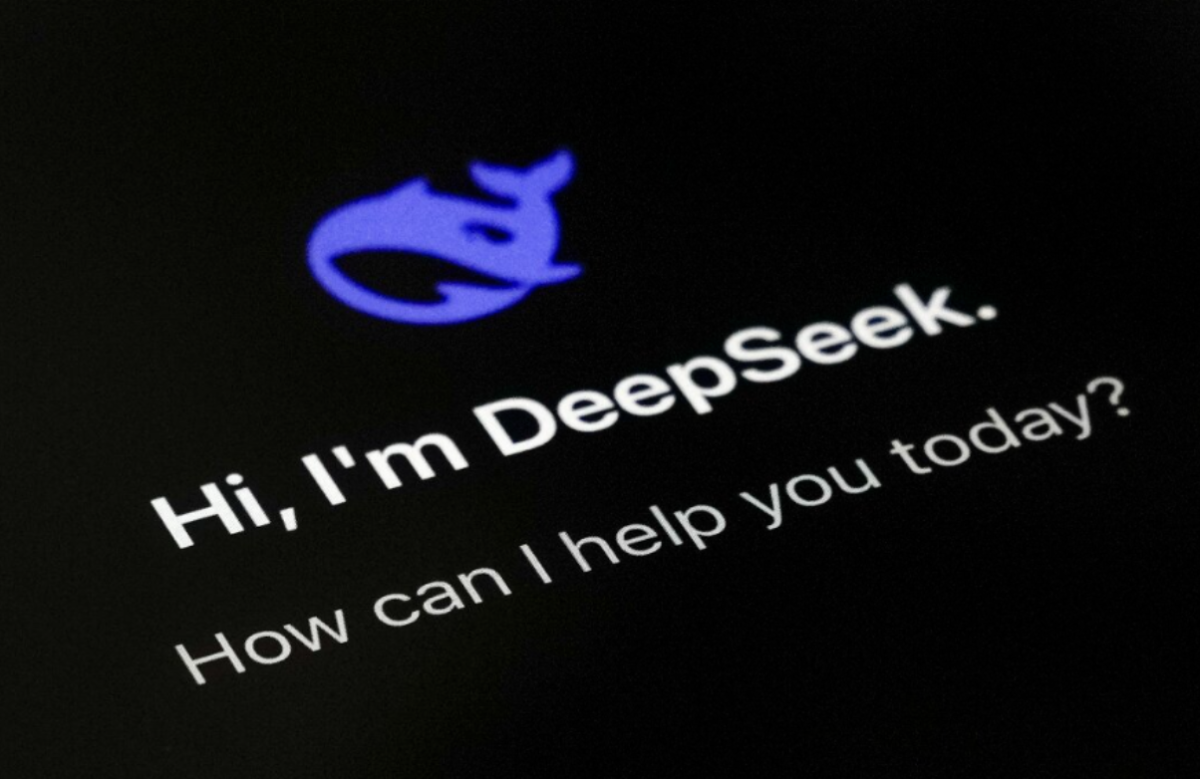Apple recently unveiled its newest big addition to their fleet of products with AI at the forefront of it all.
At Apple’s “It’s Glowtime” event, CEO Tim Cook said “iPhone 16 raises the bar for what an iPhone can do.” Touted as the first iPhone purposely built for Apple’s own artificial intelligence system called Apple Intelligence, the iPhone 16 is full of new features centered around AI.
Some were left surprised by how long it took Apple to finally join the AI race against major competitors such as Samsung and Google, but Apple’s economical approach may pay off, especially given their latest innovations and partnership with the creators of ChatGPT, OpenAI.
“Apple took a different approach to AI, but they aren’t spending billions on it, so it’s a tradeoff,” said junior Landon Cummings.
The release of the newest iPhone and the addition of Apple Intelligence through the iOS 18 update comes in lieu of Apple’s steepest decline in quarterly iPhone sales since the pandemic, with a 10 percent drop in year over year sales.
“I think it was an inevitability that [Apple Intelligence] was coming,” said Data Structures teacher Jake Kazlow.
Despite a few problems reported during the beta testing of these new features, Apple is set to roll them out over the rest of 2024 and into 2025.
One of the new features made solely for the new iPhone 16 and iPhone 16 Pro is the addition of visual intelligence in the Camera app. By pressing the new camera control button, users will be able to look up anything they point their camera at. In addition to this, Apple Intelligence will recognize what the user is trying to identify and suggest further actions to take.
Labeled as one of the most practical new features, especially for students and professionals, is the Intelligent Writing Assistant. The integration of ChatGPT by OpenAI into the writing assistant allows users to have a personalized editor in the Notes app and other third-party apps. Users can use the new feature to edit, summarize, and even change the tone of their writing using this new tool.
The big change to Apple’s iconic built-in assistant is the new and improved Siri with Apple Intelligence integrated into the question-answering algorithm. Users will be able to type or ask Siri more complex questions, while also gaining the ability to ask followup questions with personalized answers based on on-screen awareness, personal context, and richer language understanding.
“It’s not as seamless as they make it look—I expect a lot of the same things from this new technology.” said Kazlow.
In addition to being able to pose more complex questions, the ability to have increasingly realistic conversations with Siri elevates the feature to a whole new level of functionality. It also brings more complexity and problems with it in that Apple will inevitably have to continuously make adjustments to keep Siri operable.
“It might make Siri more usable, but we’ll see,” said Knowledge Bar technician Drew Burriss.
With the ever pressing topic of security across all devices, Apple promises increased privacy regarding the new features with the addition of private AI processing, which, according to Apple, ensures that user data is never shared with the company when being sent to the cloud. With OpenAI’s ChatGPT also being integrated into the devices, Apple claims that data will only be shared with ChatGPT, when users give permission.
Since the rise of artificial intelligence, generative AI has been one of the most popular forms of AI used for both professional and leisure purposes. Apple’s version of generative AI for image creation is available in the newest app on the iPhone 15 Pro and later generations, titled Image Playground. Using Apple Intelligence, users will be able to generate images by inputting their desired style and a brief description of what they want. Users are also able to harness the power of Apple Intelligence to generate fun custom emojis in iMessages by simply typing a description for what they wish to generate.
“The idea of actually generating an image within the text message app sounds really cool,” said Kazlow.
Image generation goes further than just using it for text messages. Apple’s Image Wand feature in the Notes app can create a “contemporary visual” using a rough sketch and a provided description. Intended to complement notes to make them more visual, the Image Wand could once again change the way students learn.
In the rapidly changing era of AI, major steps are being made by Apple, but for the first time it seems to be more focused on the software rather than the hardware. With developments being made everyday, who knows what’s next for Apple and the world of technology?
Edited by Samanyu Ganesh






